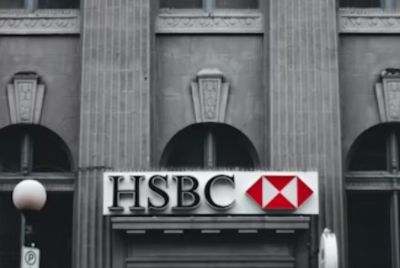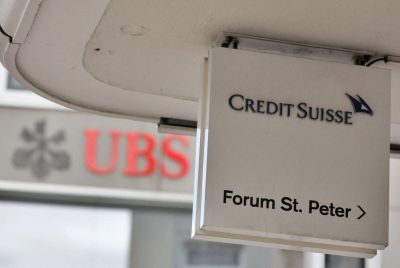Negative interest rates 'troubling' for commercial mortgage-backed securities
Report by ratings agency Moody's finds pre-2015 products have fewer protections against factors resulting from negative rates.

As central banks contemplate the possibility of negative interest rates – and benchmark Euribor rates lurk below 0.0% – the situation is fast becoming credit negative for all European commercial mortgage-backed securities (CMBS) according to ratings agency Moody's.
CMBS are a class of mortgage-backed securities secured by mortgages on commercial real estate, instead of residential property. They are aimed at providing liquidity to real estate investors and commercial lenders alike.
In a note to clients, Moody's warned that legacy CMBS, (or CMBS 1.0 as they are known in the market) alongside pre-2015 CMBS 2.0 transactions – where all cashflow is directed at the senior-most asset classes – have "even fewer protections" against the excess spread erosion that results from negative rates, compared to notes originating after 2015.
Euro-denominated CMBS notes typically pay floating rates benchmarked to Euribor rates, which are currently negative (as noted on 29 August, 2016). In a negative rate environment, if CMBS notes have interest rate floors and the loans do not, loan interest receipts by the issuer would decline while its liabilities would not change to the same extent, thus eroding excess spread.
Tobias Venzke, analyst at Moody's, said: "CMBS 1.0 and pre-2015 CMBS 2.0 deals do not have contractual interest-rate floors. Instead, they allow the issuer to unilaterally floor note all-in rates at 0%, while loan interest receipts continue to fall with negative Euribor rates.
"This dynamic erodes excess spread and increases the risk of interest shortfalls on the notes, namely junior notes."
Various other factors make CMBS 1.0 and 2.0 transactions more vulnerable to negative rates. Some of these transactions, for example, feature loan level interest-rate swaps.
If the benchmark rate is negative and the swap documentation does not use a zero-rate method, the borrower owes the swap counterparty the negative floating leg, Moody's said. This would decrease the amount of cash on hand to make debt service payments on the loans, thus increasing their probability of default.
In addition, cash held in transaction accounts linked to benchmark rates would further drain excess spread if the issuer was charged negative interest rates, according to the rating agency.
"In contrast to CMBS 1.0 and pre-2015 CMBS 2.0 transactions, CMBS 2.0 notes issued and loans originated in 2015 and 2016 both have contractual Euribor floors of 0%, largely eliminating the direct risks to the transactions of negative interest rates," the agency concluded.
© Copyright IBTimes 2025. All rights reserved.






















